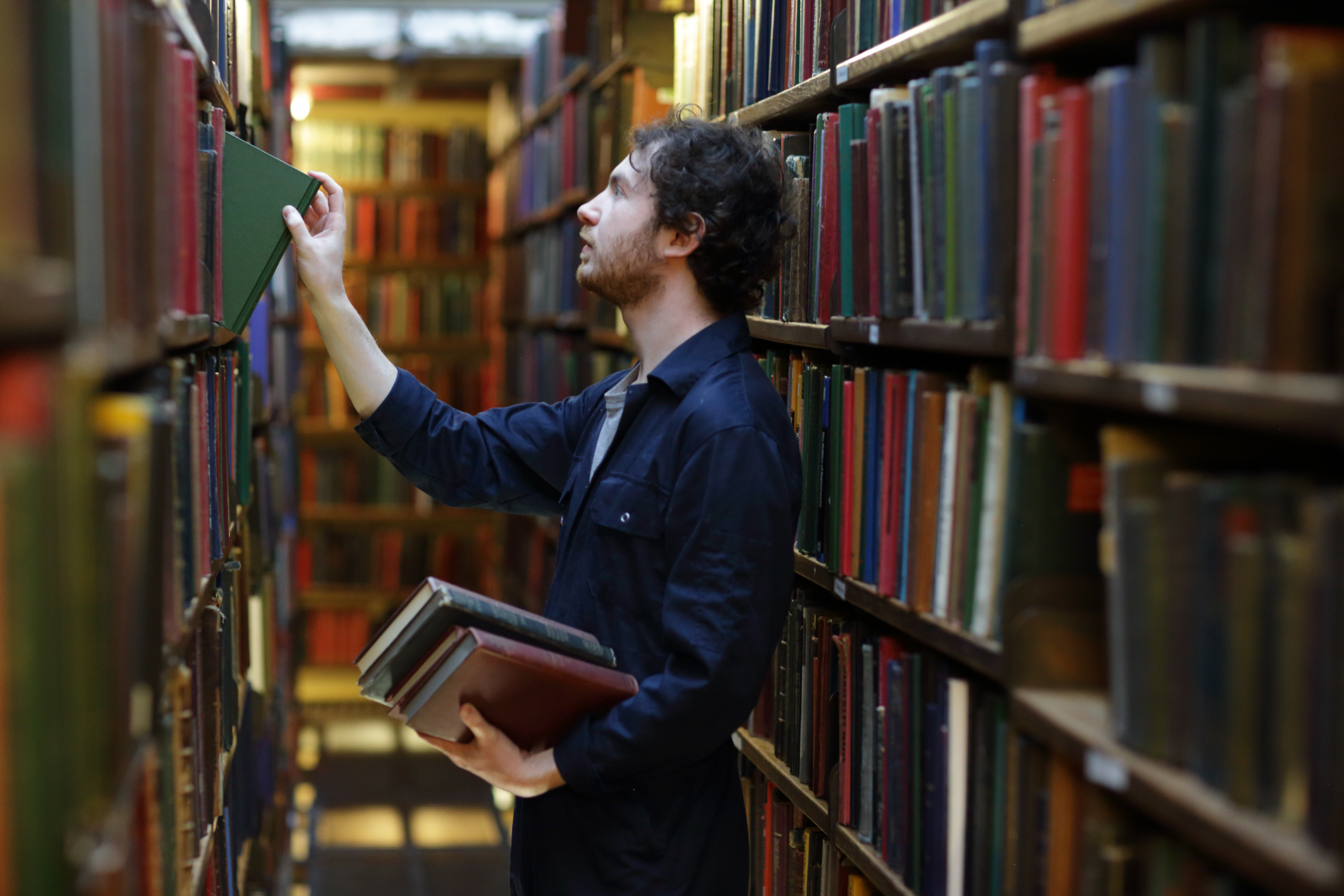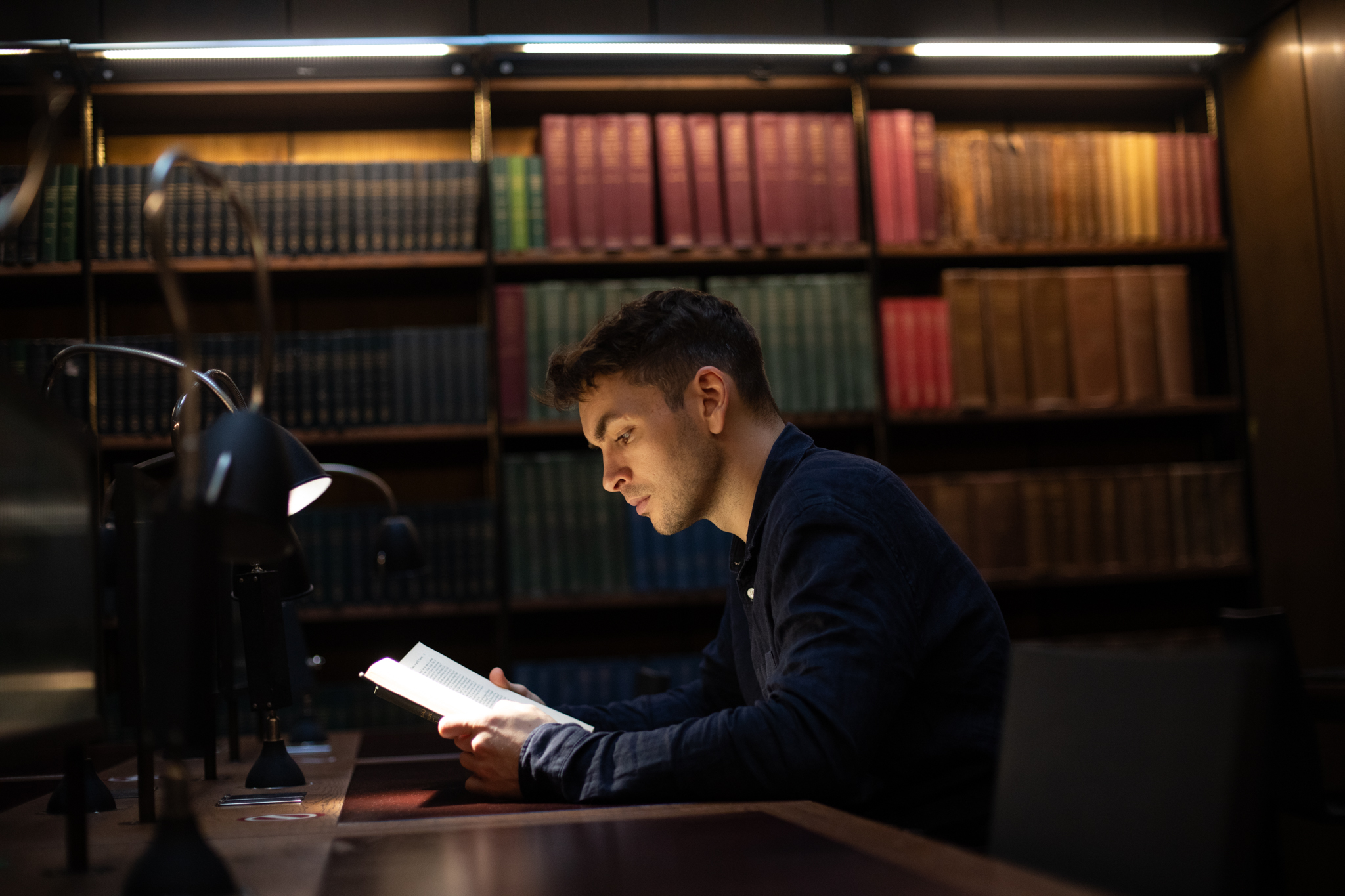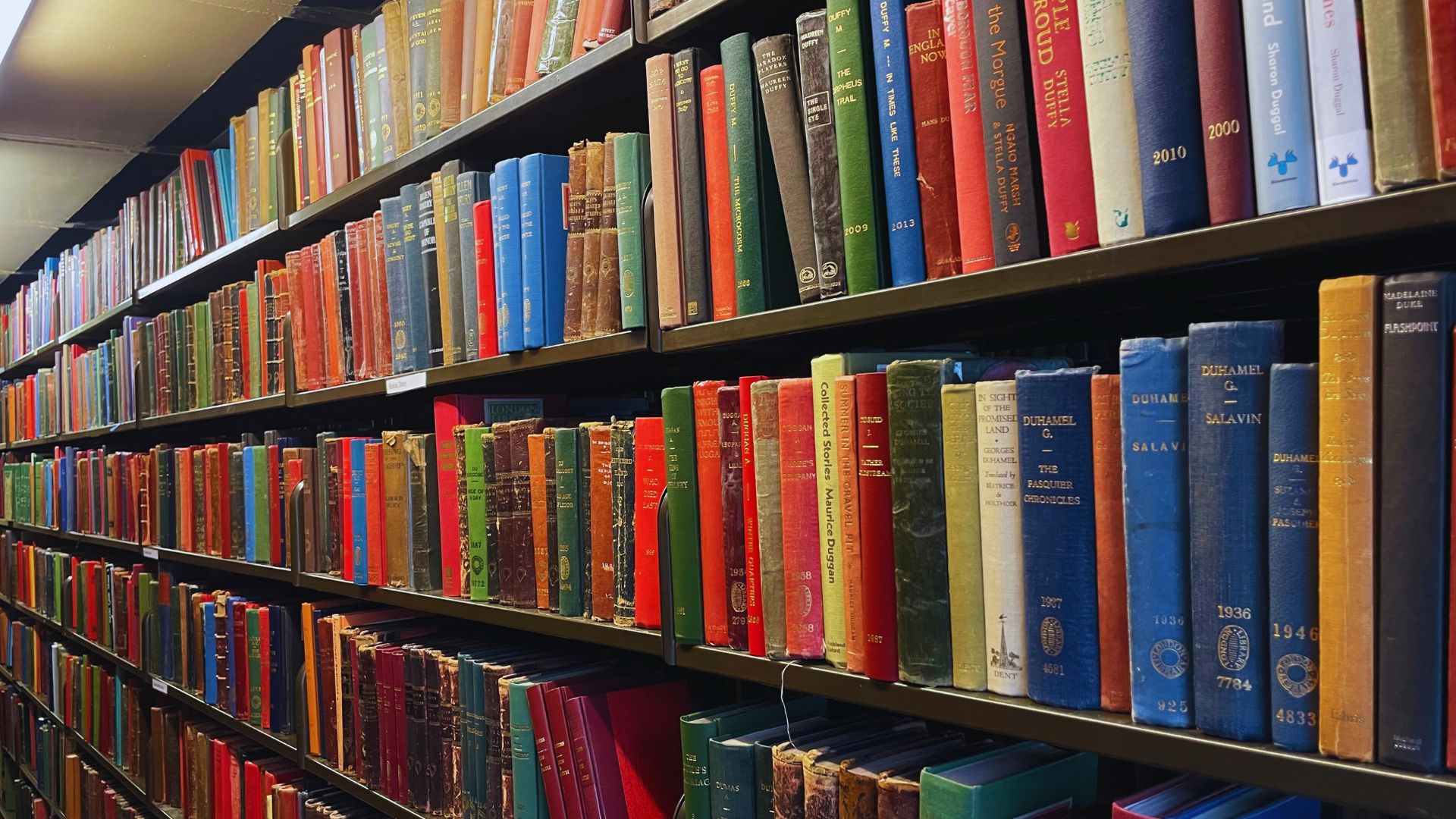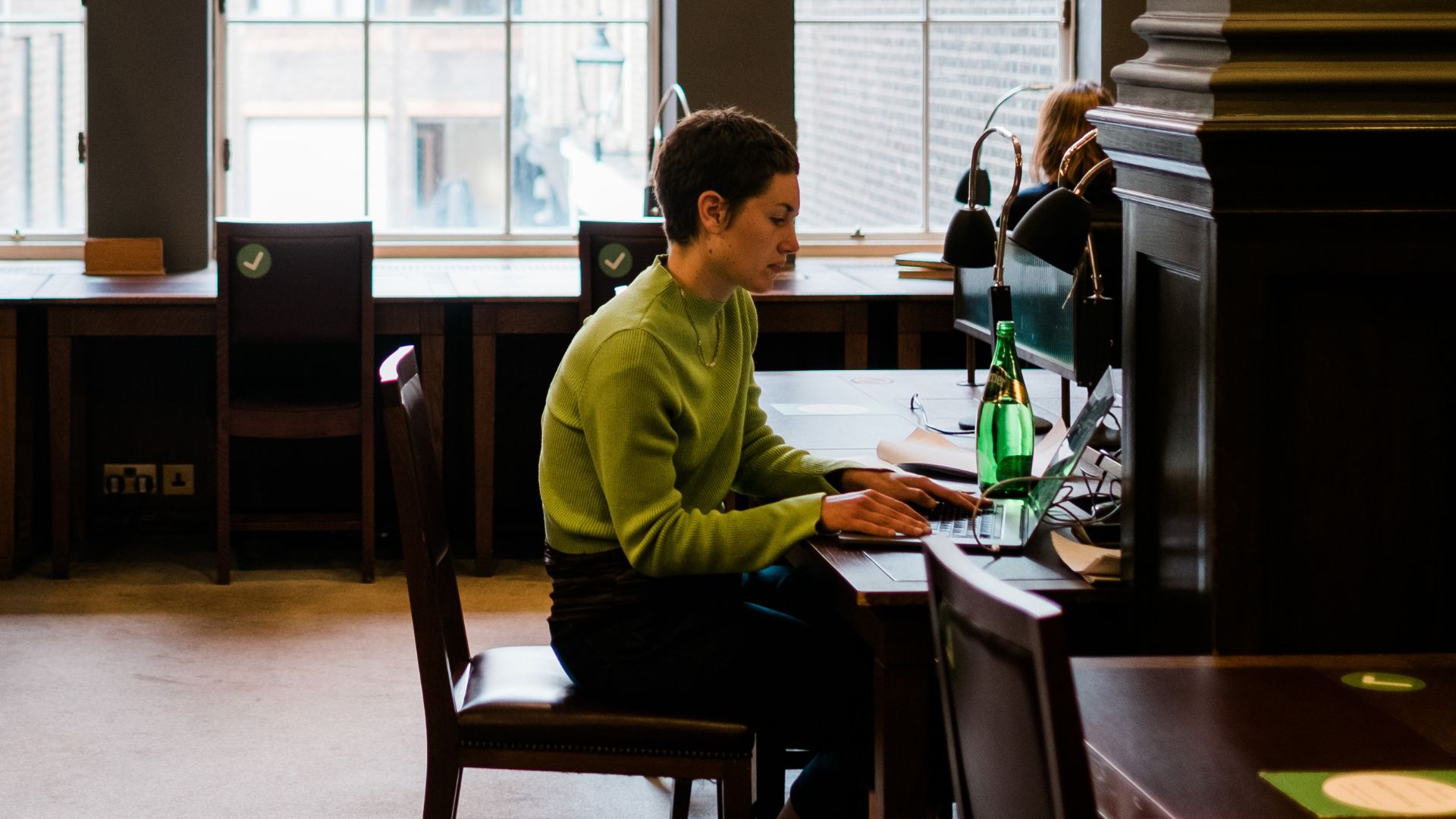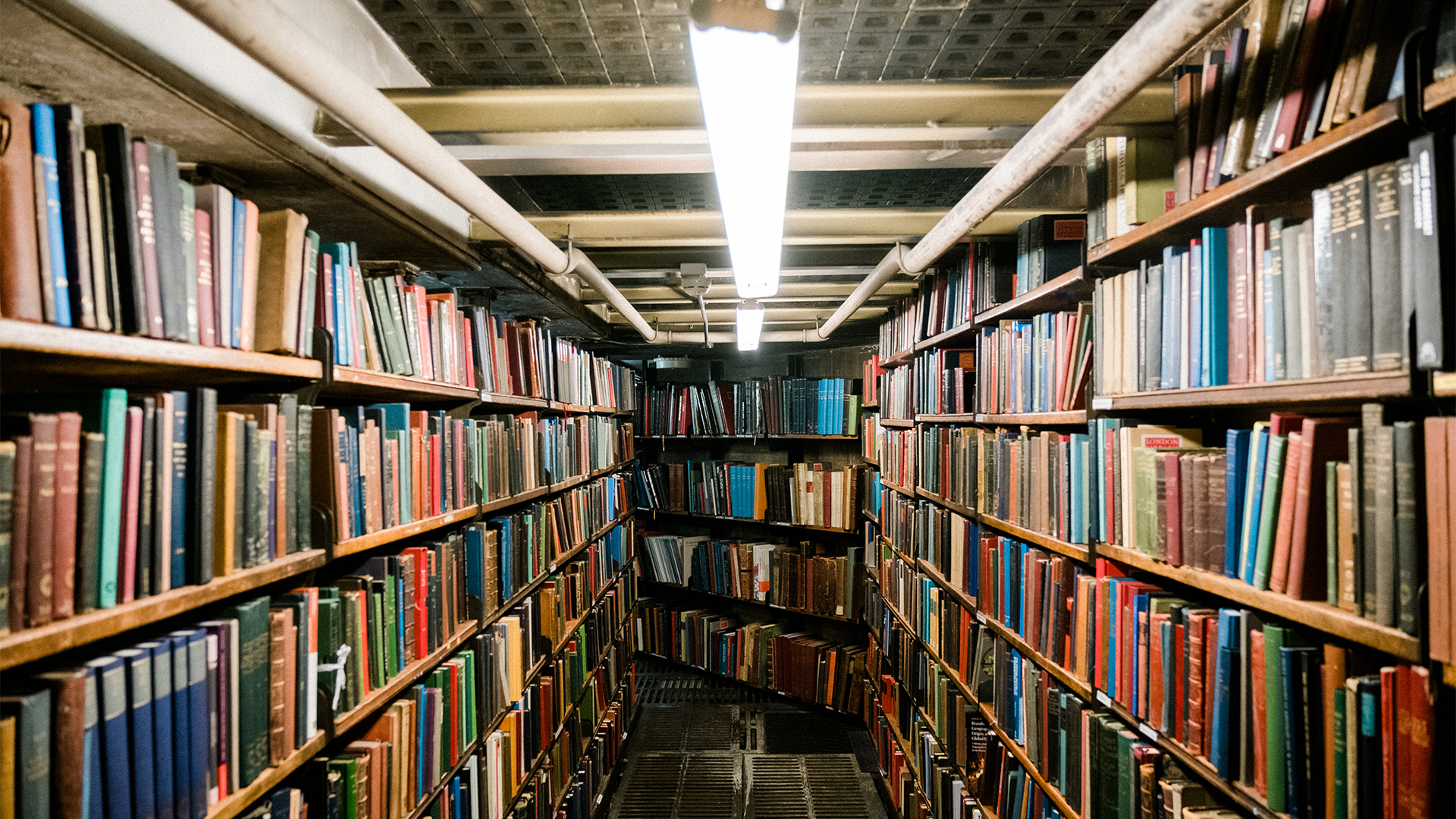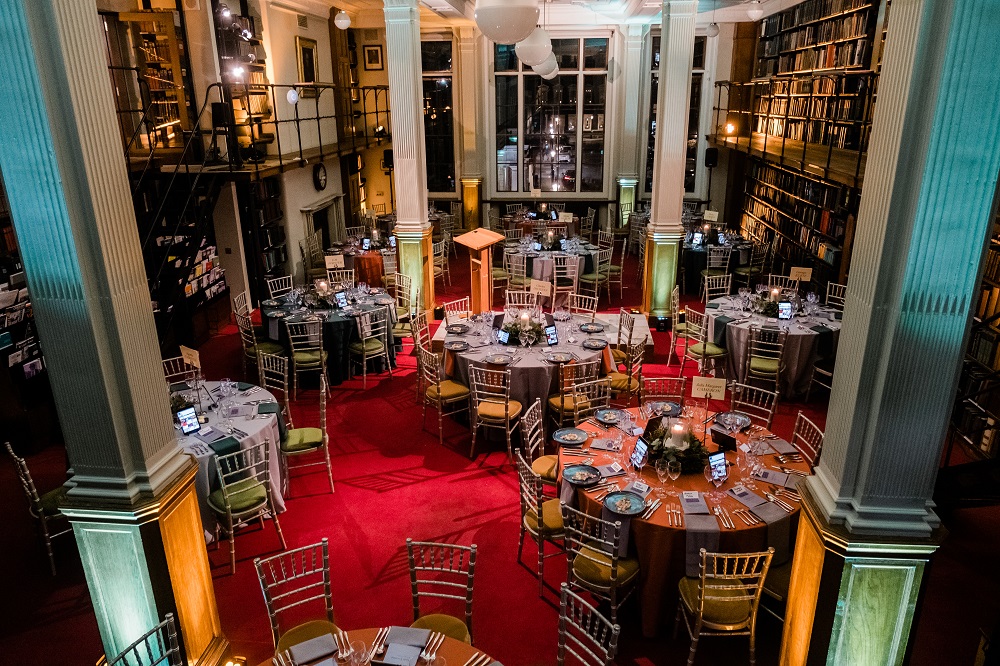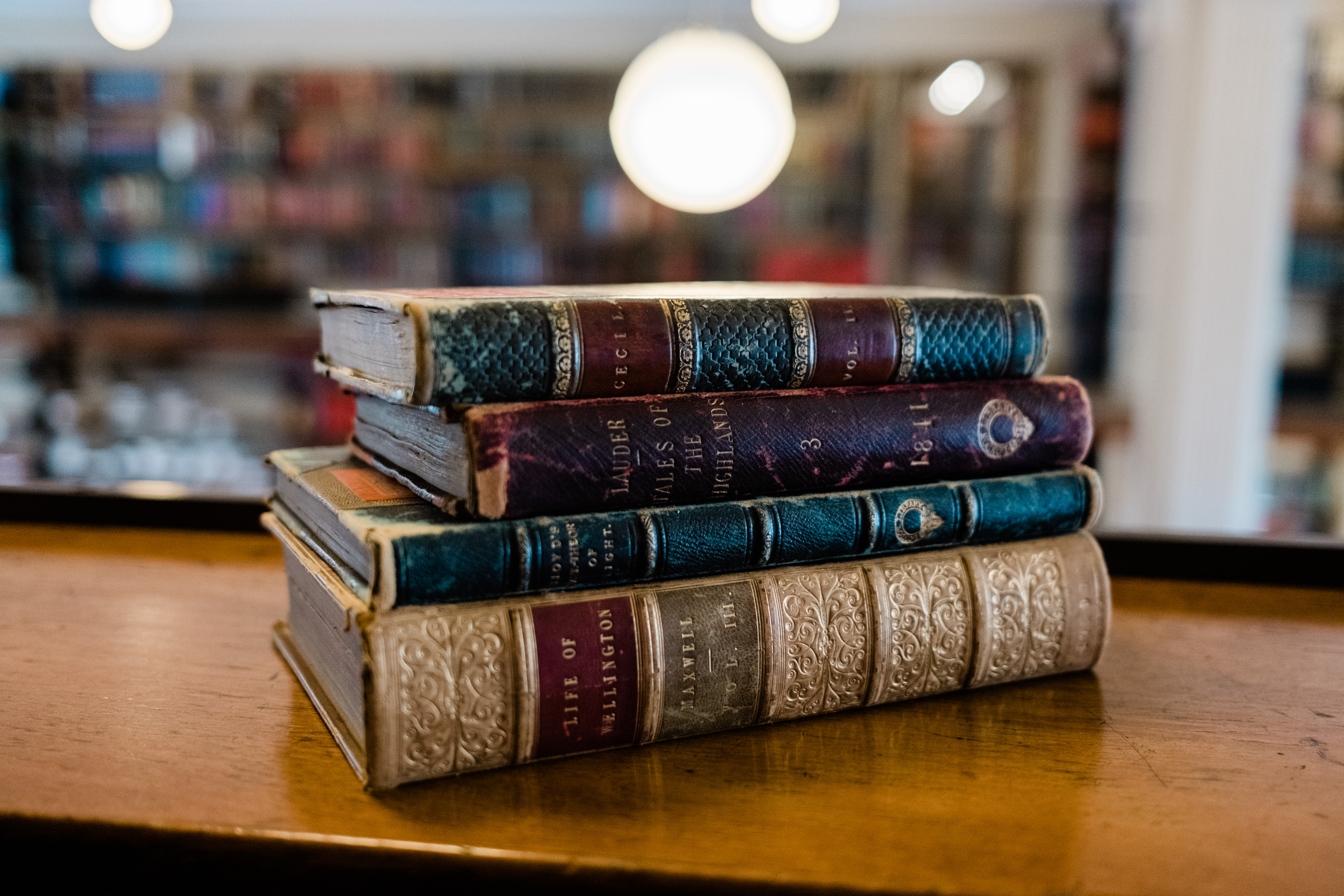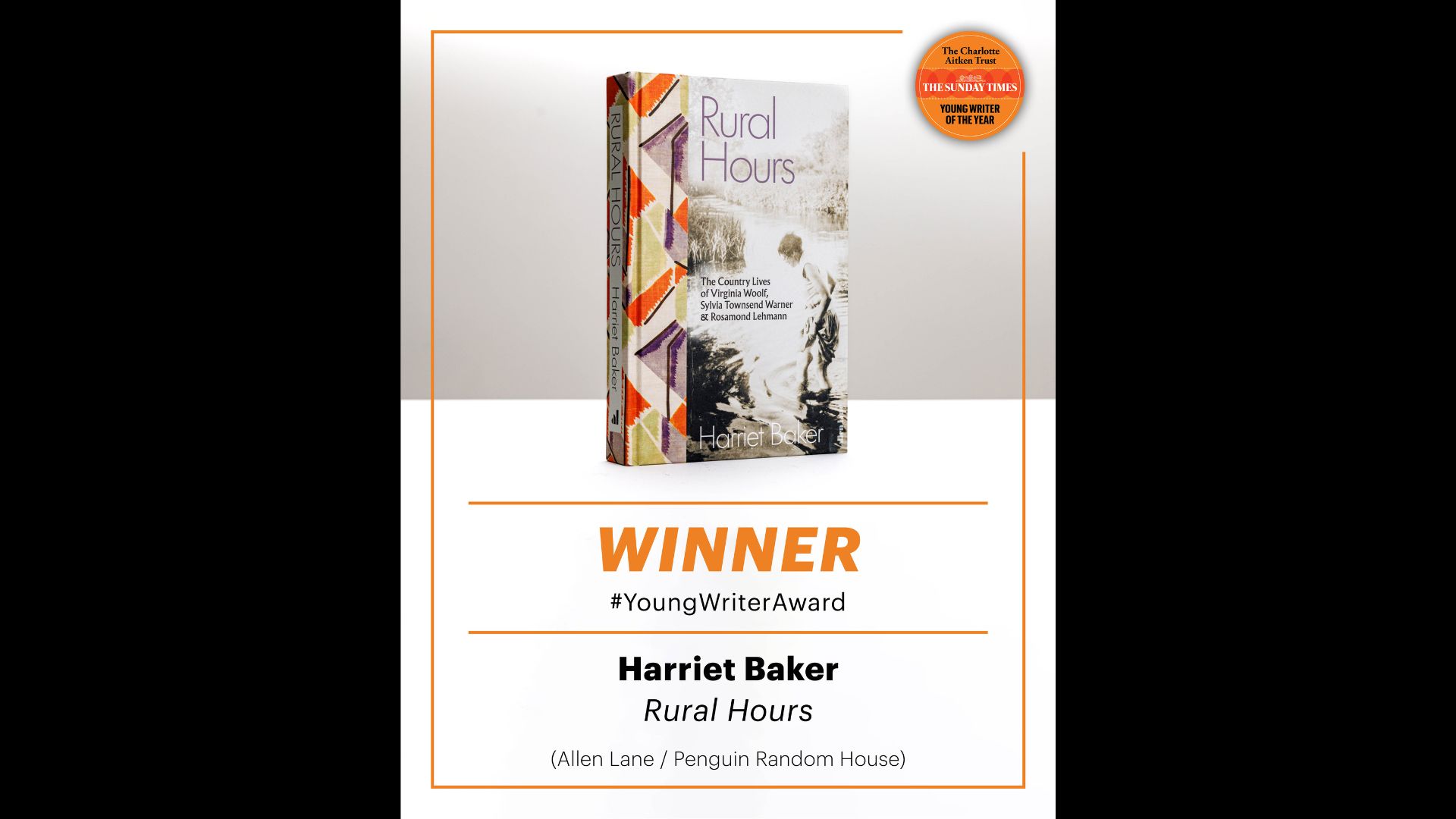Books are often vandalised and mutilated by those who find their content offensive. On the other hand, they are sometimes taken apart by those who find the beauty of their component parts simply irresistible. By The London Library’s Head of Bibliographic Services, Dunia Garcia-Ontiveros. Adapted from an article originally written forHistory Today.
In 1573 Christopher Saxton, a Yorkshire map maker born around 1542, was employed by the lawyer, MP, philanthropist, patron and administrator Thomas Seckford to produce a set of maps of England and Wales. The enterprise counted with the enthusiastic support of Elizabeth I who issued Saxton with a number of letters and passes to guarantee the full co-operation of the locals wherever his surveys took him. The Queen also granted him a decade of exclusive rights to publish the resulting atlas. The royal protegé produced a book of maps charting the whole of England and Wales, the like of which had never been seen before and was handsomely rewarded for his work. TheAtlas of the counties of England and Wales, printed in London in 1579, consists of thirty-four county maps, introduced by a map of England and Wales. It was never printed in a standard edition and the preliminary pages varied from one copy to another, although most have a stunning frontispiece depicting the work’s royal patron wearing a robe of bright red velvet. The maps that follow the frontispiece are just as beautiful but, most important of all, they are also very accurate. Each engraved map was printed on a single sheet, hand-coloured, folded in the middle and then attached to a stub in the book. It is perhaps this fatal combination of beauty, accuracy and ease of removal that proved the downfall of the atlas, at least from a book lover’s point of view. From a cartographic point of view the wealth of precise detail of these maps had a long-lasting influence. It became the canon for later English map makers but also served as an inspiration for the likes of Jan Blaeu, part of the Dutch mapmaking dynasty and official cartographer of the Dutch East India Company. Saxton’s maps have had a very long life being surpassed in accuracy only as late as the 19th century by the work of the Ordnance Survey. His atlases, however, have suffered a harsher fate and very few perfect copies have survived.
The London Library’s copy was first owned by Sir Henry Maynard (1547-1610), administrator and secretary to William Cecil, first Baron Burghley, who was also Seckford’s master and who had a great interest in and knowledge of cartography. The Maynards settled in Burghley’s Essex, building a manor in Easton. The book was handed down the family and finally received the addition of a bookplate bearing the name Charles Lord Maynard (1690-1775). The next recorded owner is the famous book collector Richard Heber (1774-1833). After Heber’s death the atlas was sold at Sotheby’s where the merchant and antiquary Joseph Brooks Yates (1780-1855) acquired it. When in 1857 his grandson, Henry Yates Thompson (1838-1928) inherited it two pages, including the glorious frontispiece, were missing and as Yates Thompson observed, the town of Easton on the map of Essex (now also missing) ‘was much rubbed by finger marks of the Maynard family’. In 1885 Yates Thompson was fortunate enough to come across another copy, this time a perfect one, which he bought from the antiquarian bookseller and publisher, Bernard Quaritch, and it was with the help of Quaritch that he used his perfect copy to make facsimiles for the incomplete one he inherited. In a manuscript note written on the book’s endpapers and dated 1887 Henry Yates Thompson describes how he paid a Mr. Sadler two guineas to have the facsimiles coloured and he goes on to say that the facsimiles ‘are not readily distinguished from the originals, unless by the colour of the paper.
The volume, with its missing pages and remarkable, though by today’s standards invasive Victorian repairs, was given to the Library in memory of Mrs. Yates Thompson in 1941.


